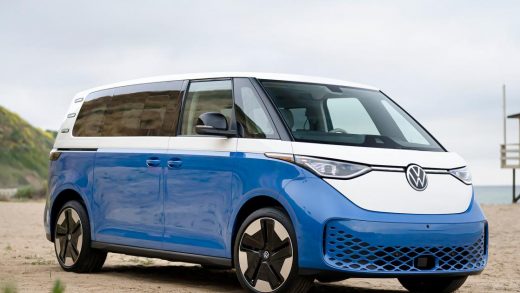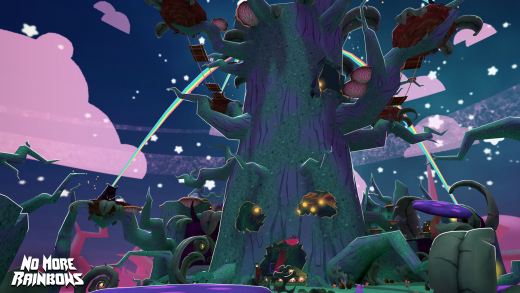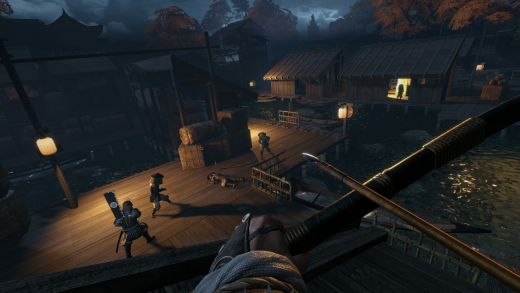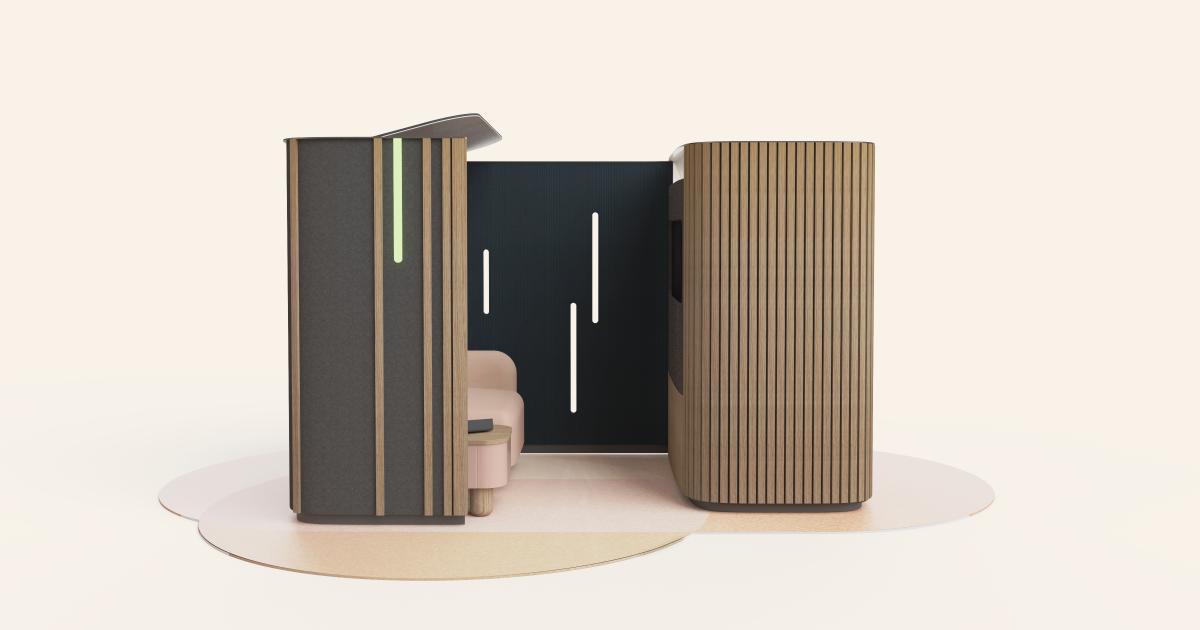
For better or worse, video calls have become an integral part of our lives. Whether you’re chatting with a loved one who’s oceans away, or collaborating with teammates across timezones, sitting in front of a webcam or holding up your phone is an inescapable reality. That’s why many companies have developed products meant to make video calls feel more natural — like NVIDIA’s Broadcast tool to make it look like you’re maintaining eye contact even if you aren’t and Google’s experimental 3D telepresence or holographic booths. But Logitech is introducing something that uses dead simple technology to make video chats more like the real-world experience. The company announced Project Ghost in January, and recently invited us to check out a functioning version in New York.
The premise is straightforward. Instead of futzing around with holograms or algorithms that make your pupils look like you’re staring at a camera, Logitech simply embedded its existing Rally Plus video conferencing system into a booth it teamed up with furniture maker Steelcase to create. The result is a booth that’s like a larger business class seat (but not quite first class), with walls about 5 feet 10 inches tall. Light brown wooden slats line the exterior, matching the panels inside. On one side sits a hollow wall that’s almost two feet thick, with a screen inside it and a mirror below that, placed at a perpendicular angle. Facing the TV is a light pink couch, a side table with a touchscreen control panel on it and some green plants behind that.
With its warm colors, soft curves, pink couch and greenery, the booth felt very inviting. I quickly collapsed onto the sofa and was slightly surprised to see a woman staring back at me. She appeared life-sized and it felt as if our eyes met, even though she was sitting in a similar booth all the way in Boston. Since the camera is embedded behind the display, it was easy for me to peer into her face and on the other end of the call it would look like I was staring right at her.
Though Logitech executives at the demo told me the video quality was capped at 1080p and was more likely streaming at 720p or lower, I initially thought the woman I was calling was rendered in 4K. But the clarity and realism that I had assumed was a result of high resolution was more likely because I wasn’t used to talking to someone on such a large screen. Normally, I take my calls on a 13-inch laptop, and even when I’m in a meeting room with my colleagues’ faces plastered on a 40-inch TV, I didn’t get the sense that they were right in front of me.
The only time I felt like there was some distortion was when I heard feedback of my voice during parts of the demo. I couldn’t tell where the speakers and mics were embedded in the space, so I didn’t get to adjust or learn how to move to avoid the echoes. But for the most part, the meeting was smooth, and when the company’s executives finally left the space for me to be alone with the caller, I was able to relax. Though I was only looking at the person’s upper body, I was able to note small changes in body language like posture. It’s not a perfect replacement for a real-world conversation, but possibly because I wasn’t on my laptop, I was a lot more focused than I normally am on calls.
Much of that sense of realism and privacy might have to do with the setup of the booth. Behind the couch is a black wall, while above the TV box is a horizontal light with a filtered effect, and together they make the caller look well lit and in focus. The fact that both me and the person I’m talking to are staring at our upper bodies and heads with nothing else in the background removes any distraction.
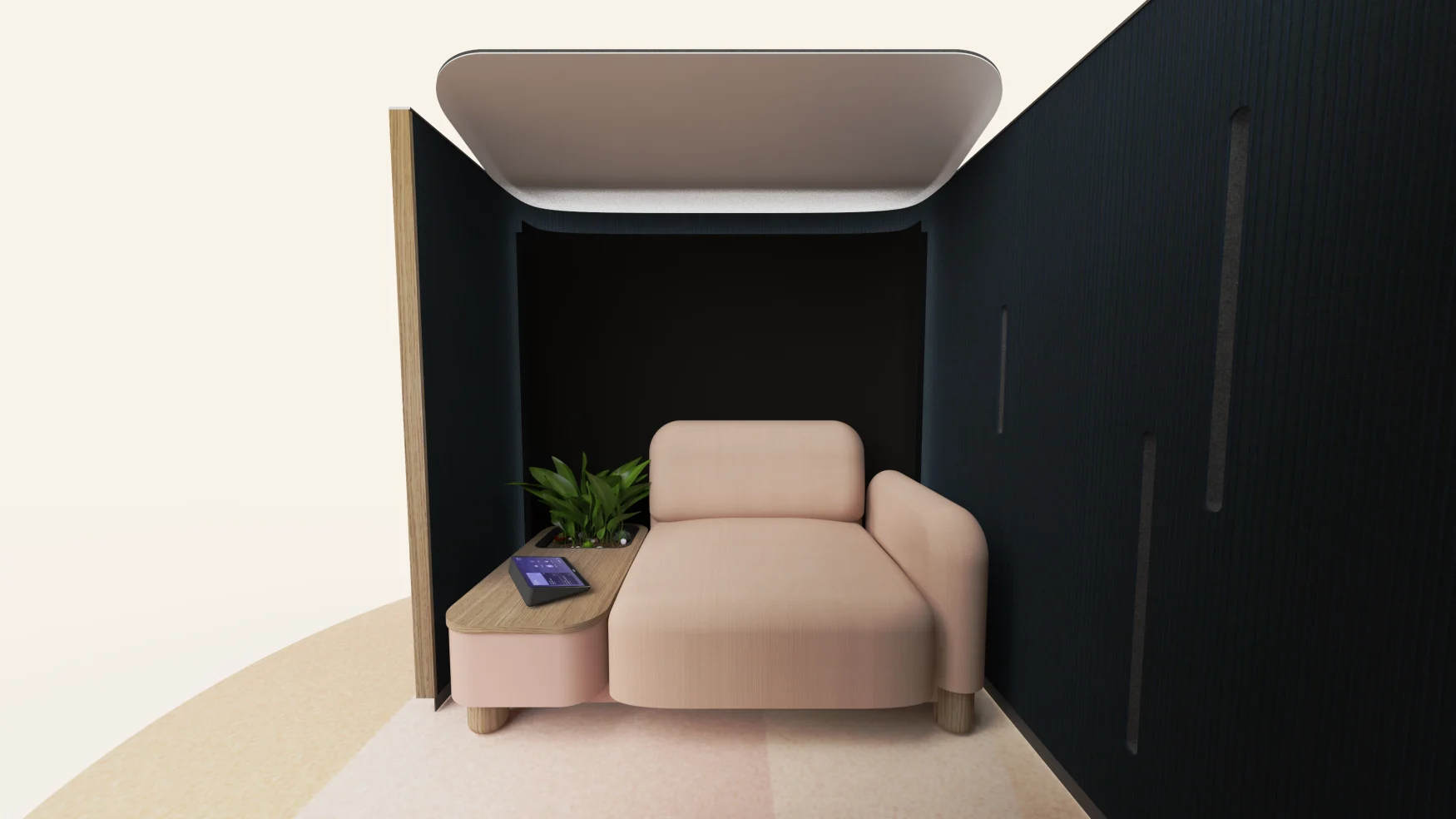
Logitech
Of course, you could achieve something similar by investing in a tripod, a backdrop, a dedicated camera and spend a lot less money, but this product isn’t meant for the average consumer. Logitech said it received a lot of interest from companies wanting to order the booths for their office spaces, and that it was looking into iterating on the design to make them more suitable for different scenarios.
In addition to bigger setups for multiple people (the current couch is designed for one person), Logitech said it could also come up with something people could buy for home use. I could see Ghost being incredibly useful for calls with my therapist, telehealth appointments or even just as a dedicated livestreaming station. But considering Logitech estimates selling each unit for about $15,000 to $20,000 depending on the size or style, this is probably something I can only look at in envy. If you have that sort of money to spare, the company said it would be ready to sell these in the fall.
